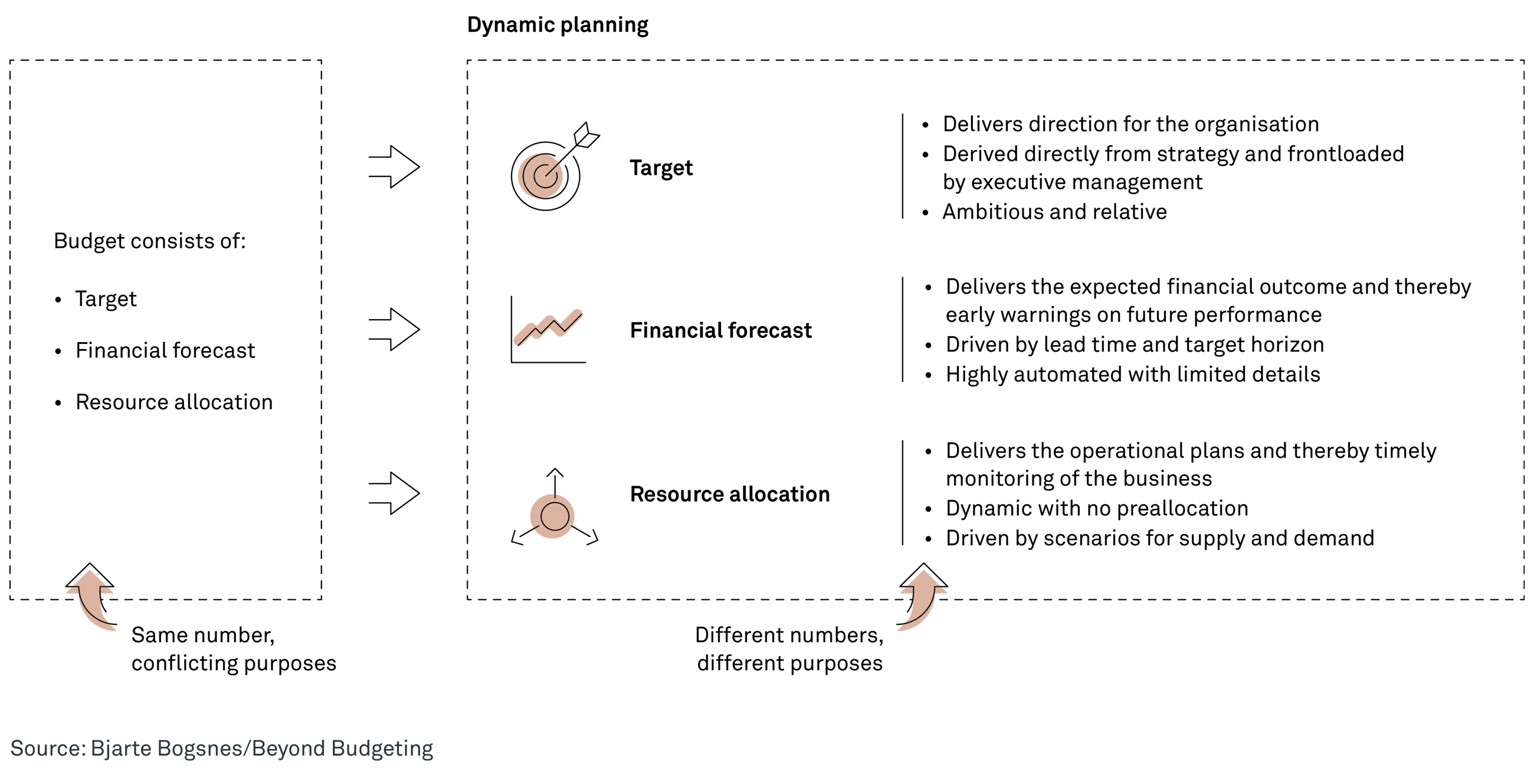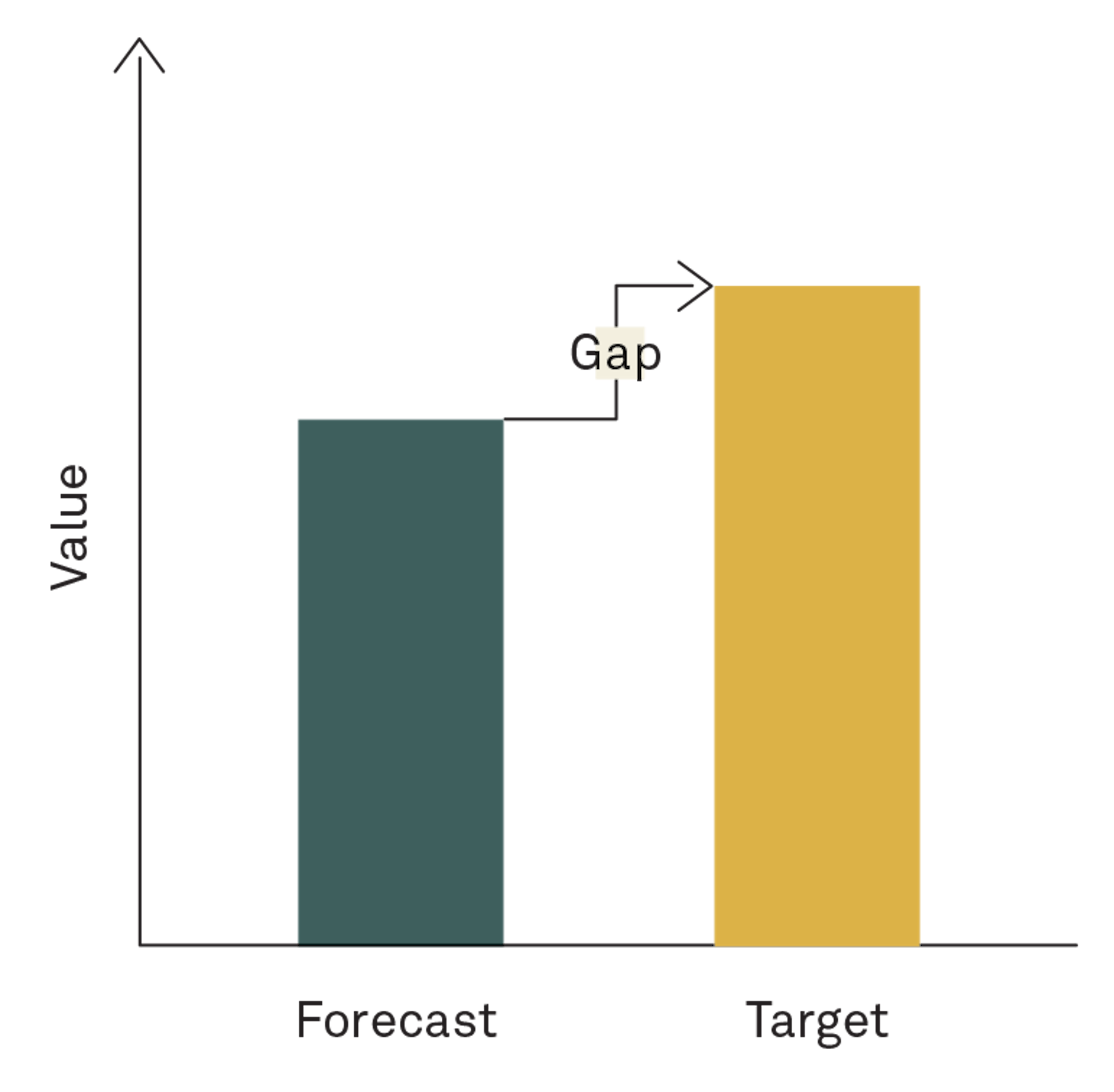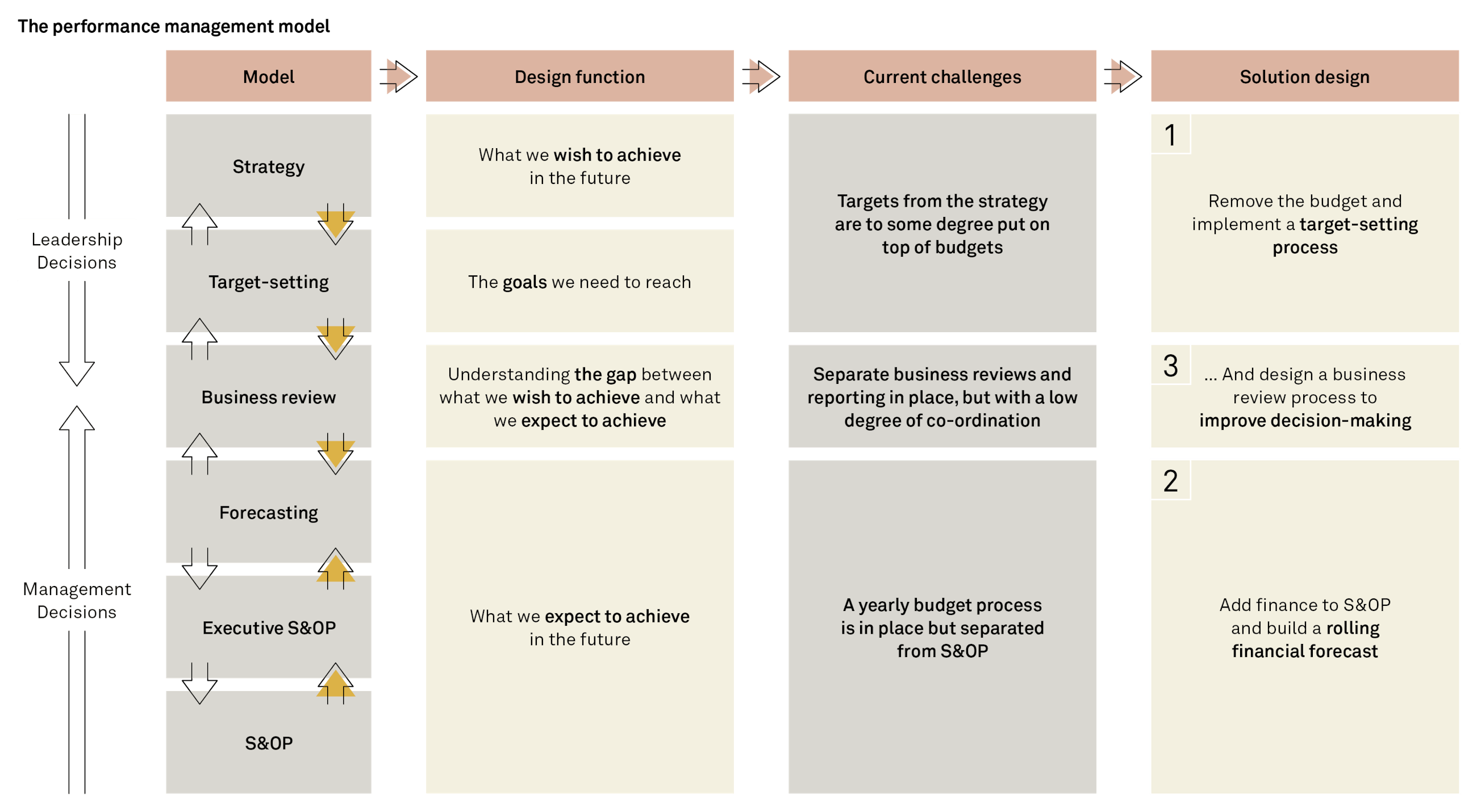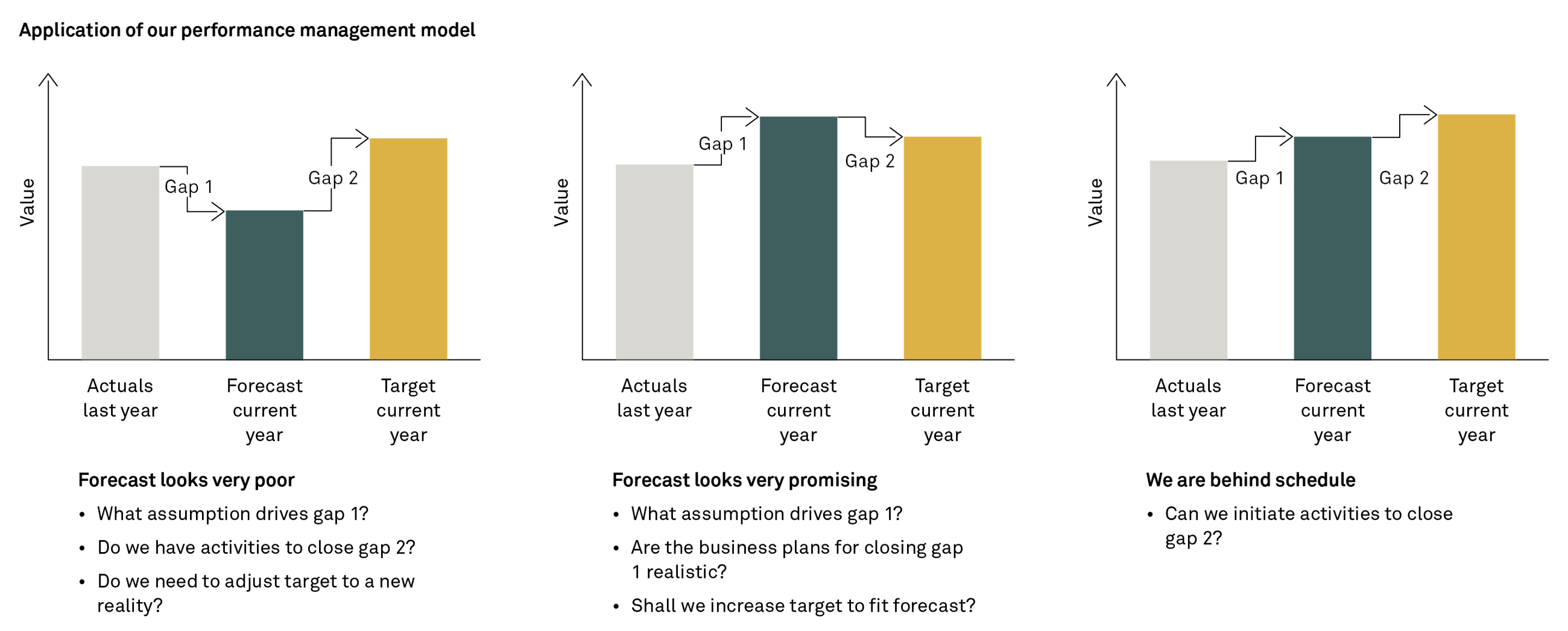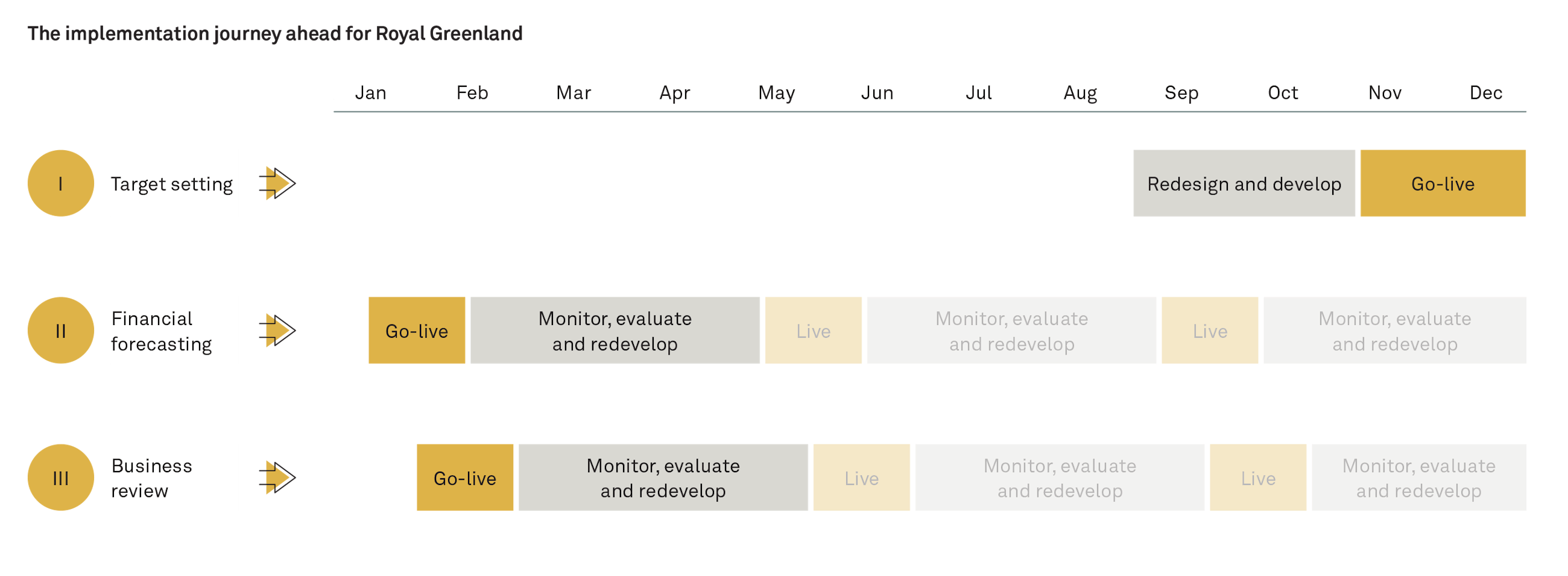Royal Greenland and Implement Consulting Group
29 January 2020
Having implemented SAP Integrated Business Planning (IBP), Royal Greenland wants to further strengthen their ability to plan and execute on their corporate strategy. They want to improve efficiency by integrating finance in their S&OP solution and implementing a performance management model fit for profit-driven decision-making.
The design phase along with the development of tools and processes has been successfully prepared and now awaits the implementation phase.
Royal Greenland is a global seafood supplier owned by the Government of Greenland. They are headquartered in Nuuk and have close ties to the Greenlandic society, where fishing and hunting have been the main source for everyday living for centuries.
That is the legacy Royal Greenland was built on.
Running a competitive business while committing to social responsibility
Today, Royal Greenland is a global company with fishing and production facilities around the world, 2,000+ employees and an annual turnover of DKK 5+ billion. To this day, Royal Greenland is one of the largest financial contributors to the Greenlandic society.
With close ties to the Greenlandic society, Royal Greenland supports local communities by retaining local jobs and developing the fishing industry, keeping climate and environmental changes at the top of the agenda.
Moving towards dynamic planning
During the past years, Royal Greenland has achieved a strong performance and an even stronger market position. They have made investments in the organisation and built capabilities around key processes. In the autumn of 2018, they invested in the S&OP process to further strengthen their planning. On this journey, Royal Greenland implemented SAP IBP.
Royal Greenland, however, believes that they can improve the way they operate even further. They want to use resources better and strengthen their ability to plan and react on expectations to future events. Therefore, Implement Consulting Group and Royal Greenland started out on a project together to increase the capabilities within Royal Greenland for making agile and profit-driven decisions.
Together, Implement and Royal Greenland hypothesised that data transparency and process robustness had to be improved by separating the traditional budgeting process to create distinct purposes. The current yearly budget process is perceived to provide little value compared to the time and resources used. Once finalised, the budget will often be based on outdated assumptions. A move towards dynamic planning, allowing Royal Greenland to prepare rolling financial forecasting as time progresses, is therefore beneficial. The recent implementation of an improved S&OP process is a clear enabler for allowing this to happen.
What is dynamic planning?
In dynamic planning, a clear difference between targets and forecasts is established. Targets are ambitious goals dictated by the strategy; a forecast is a call to action.
Targets are still set less often, perhaps yearly, and are measured against the forecast throughout the year. The gaps identified will then be drivers for actions and initiatives.
Defining success criteria for the solution design
Having decided on moving towards dynamic planning, Implement and Royal Greenland then defined a set of success criteria for the solution design. The design should:
- Establish a strong S&OP process that can set up profit-driven scenarios for decision-making.
- Establish an integrated business planning process that provides targets to strive for and a forecast to establish potential gaps.
- Establish a coherent performance management model that ensures that actions are identified for closing the gaps.
- Increase organisational motivation, trust and satisfaction with the established processes.
Building the structure for performance management 2.0
Royal Greenland wanted to fundamentally improve their decision-making process and business planning to support their strategic ambition. Therefore, Implement and Royal Greenland started by defining the management model and then identified the missing links before establishing three things to solve:
- Targets from the strategy are to some degree put on top of budgets.
⇒ Solution: Remove the budget process and build a target-setting process. - The yearly budget process is in place but separated from S&OP.
⇒ Solution: Add finance to S&OP and build rolling financial forecasting. - Separate business reviews and reporting are in place but with a low degree of co-ordination.
⇒ Solution: Design a business review process to improve decision-making.
1. Designing a one-week target-setting process
Firstly, the budget is removed, and a target-setting process is designed to improve the link between strategy and business. Royal Greenland is eager to emphasise autonomy and commitment from the organisation and wants to shorten the process substantially. Therefore, a three-step model was designed containing:
- A strategy review process to continually assess the underlying assumptions of the current strategy and select the strategic way forward. This process is already successfully in place at Royal Greenland.
- A target-sizing process in which global targets and investments are determined based on changes to the underlying assumptions from the S&OP process and new initiatives to move the business. This part is designed to be fully prepared by executive management during only one week.
- A handshake process with the managers to improve ownership and kick off the translation of targets. Managers will have full autonomy, in collaboration with their own organisation, to translate targets and define specific actions and initiatives in the organisation and convert to key performance indicators to steer against.
2. Improving simplicity, speed and quality in financial forecasting
Secondly, a rolling financial forecast is built that is customised to industry seasonality and based on data prepared in the monthly S&OP process, i.e. using the exact numbers generated in S&OP for the financial forecasting. The financial forecasting will prepare a full profit and loss for the entire company and contribution margins for all products and markets.
The ambition is to establish profit-driven decision-making in the S&OP meetings, which means moving strategic execution downwards in the organisation. However, the first step on the journey is to use these financial insights for decision-making by executive management. This provides executive management with the ability to test and assess the value of the insights generated during the implementation phase.
Allowing for this to happen, new costs and price logics in SAP IBP are applied.
Royal Greenland is a global operation with diverse customers and a mix of markets and products enhancing the complexity of the financial forecasting process. Therefore, efforts were made collaboratively between Implement and Royal Greenland to re-design the S&OP data input to be aggregated at the highest level possible while still providing meaning and value to the business, especially sales.
3. Designing a business review setup that looks forwards – not backwards
Thirdly, a process for business reviews is designed, which is key to establishing momentum and ensuring informed decision-making. With regular business reviews, Royal Greenland will be able to bring actuals, forecasts and targets together and set the scene for the identification of actions and initiatives.
Decision-making supporting the strategy
By implementing an IBP process, Royal Greenland will enable the organisation to work effectively with the integration in their performance management model and allow for important decision-making to be pushed downwards in the organisation. In the future, decisions on product profitability, market exposure and channel mix that fit with the strategic direction and defined targets can be made during the S&OP meeting. All due to improved transparency of data and robust processes.
First steps towards a transformation
Now, Royal Greenland has a design in place that can transform their approach to decision-making. Tools and processes have been prepared and tested and are now ready for implementation.
Rolling financial forecasting will be launched while the financial insights provided will be tested by executive management. Tools and processes for the business review are in place and are ready to be implemented, while the target-setting process needs to be further developed and built.
Executive management demonstrates a high level of commitment to the developed solution design. The project group has collaborated and communicated highly with key stakeholders in the organisation, allowing for the tools and processes to be fully embedded in the organisation.
Royal Greenland is fully aware of the coming implementation phase and the potential challenges involved. Together, Implement and Royal Greenland will face the actual change once the different elements are launched – monitoring, evaluating and changing accordingly.

